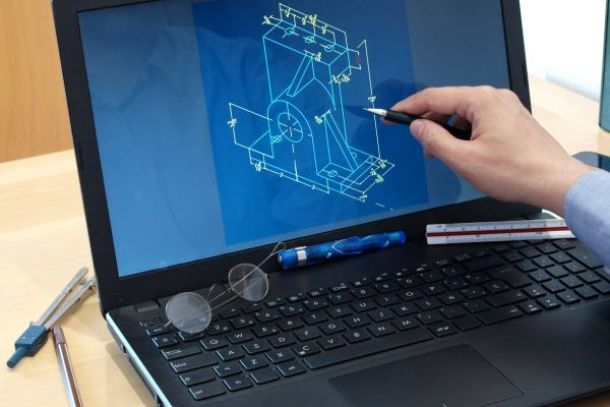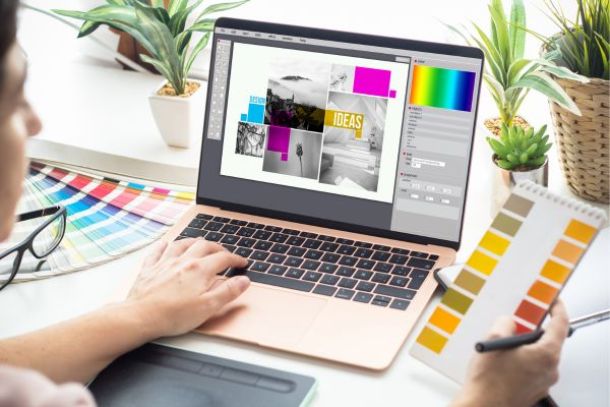Essential Steps to Kickstart Your Journey in Design
Essential Steps to Kickstart Your Journey in Design
Starting a journey in design can be both exciting and challenging. With so many skills, tools, and principles to learn, beginners may feel overwhelmed. This guide breaks down the essential steps to help you build a strong foundation and confidently kickstart your design career.
Step 1: Learn the Core Principles of Design
Understanding design principles is crucial for creating visually appealing and effective work. Familiarize yourself with these basics:
- Balance: Ensures that elements are evenly distributed, providing stability to the design.
- Contrast: Emphasizes important details by making them stand out from other elements.
- Hierarchy: Guides the viewer’s eye, allowing them to navigate content easily.
Mastering these fundamentals is the first step in developing a design sense.
Step 2: Familiarize Yourself with Color Theory
Color theory plays a significant role in how a design is perceived. Learn about:
- Complementary Colors: Colors opposite each other on the color wheel that create strong visual contrast.
- Analogous Colors: Colors next to each other, offering harmony and unity.
- Triadic Colors: Three evenly spaced colors that create vibrant combinations.
Color choices can influence emotions and convey messages, so experimenting with different palettes is essential.
Step 3: Practice Typography and Layout Basics
Typography and layout are central to organizing content and enhancing readability. Experiment with:
- Font Pairing: Combining different fonts to create contrast and interest.
- Spacing and Alignment: Ensuring readability and visual balance.
- Hierarchy in Text: Differentiating headings, subheadings, and body text to guide the viewer.
A good understanding of typography allows you to make your designs both functional and aesthetically pleasing.
Step 4: Choose the Right Tools for Beginners
For those new to design, some beginner-friendly tools can help you practice and build skills:
- Canva: An intuitive tool for creating simple designs, perfect for social media graphics and posters.
- Figma: Great for UI/UX design, allowing real-time collaboration.
- Adobe Spark: Provides easy-to-use templates and options for creating quick designs.
Focusing on accessible tools first can help you get started without feeling overwhelmed by complex software.
Step 5: Build a Portfolio with Personal Projects
A portfolio is your best tool for showcasing your abilities and progress. Even without professional experience, you can create personal projects to demonstrate your skills. Try designing:
- Logos for Fictional Brands: Practicing branding basics.
- Posters or Flyers: To experiment with typography and color.
- Social Media Graphics: Using templates as a starting point and personalizing them.
Highlighting your thought process and showing the steps behind each design can add depth to your portfolio.
Conclusion: Embarking on Your Design Journey
Starting in design is all about mastering the basics, experimenting with tools, and building a strong portfolio. With time and practice, you’ll develop a unique style and gain the confidence to take on more advanced projects. Embrace each step, and enjoy the journey as you grow into a professional designer.


